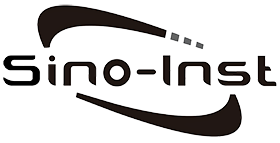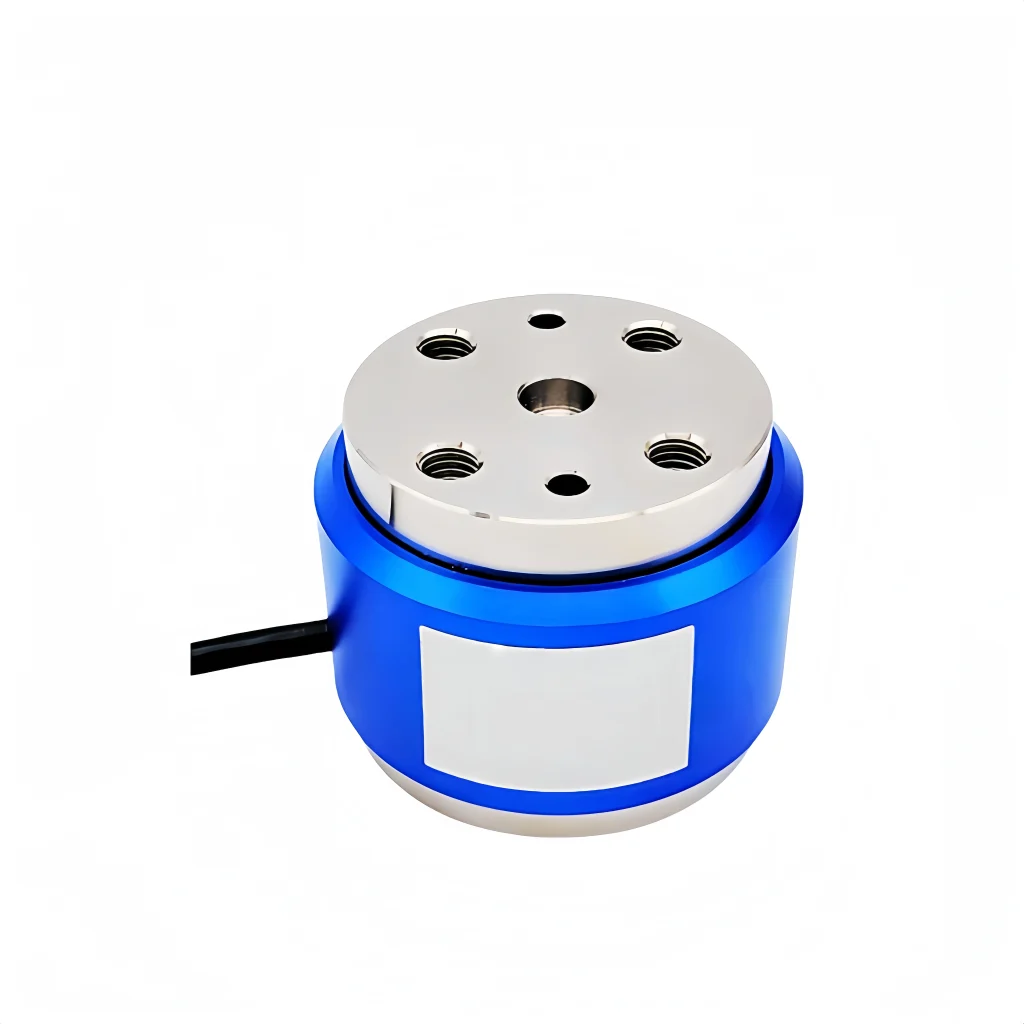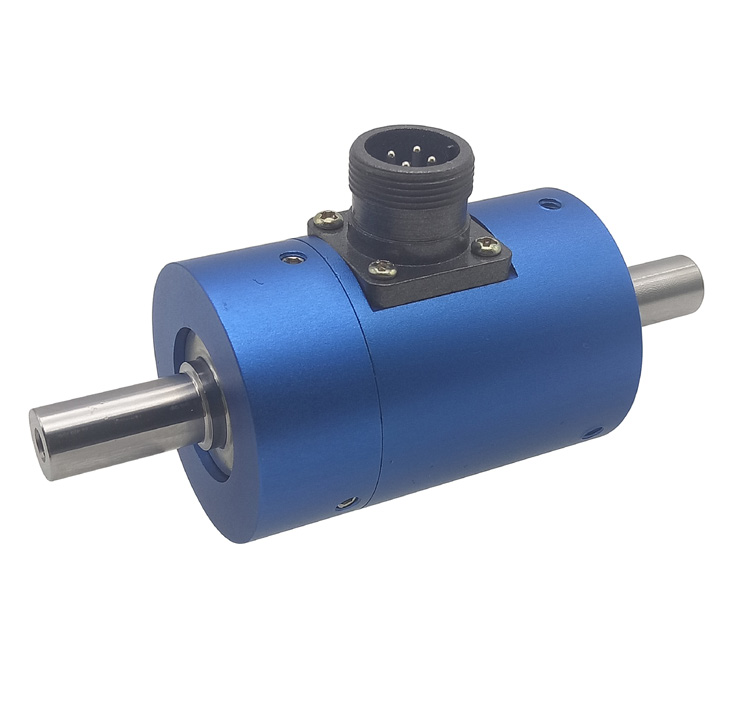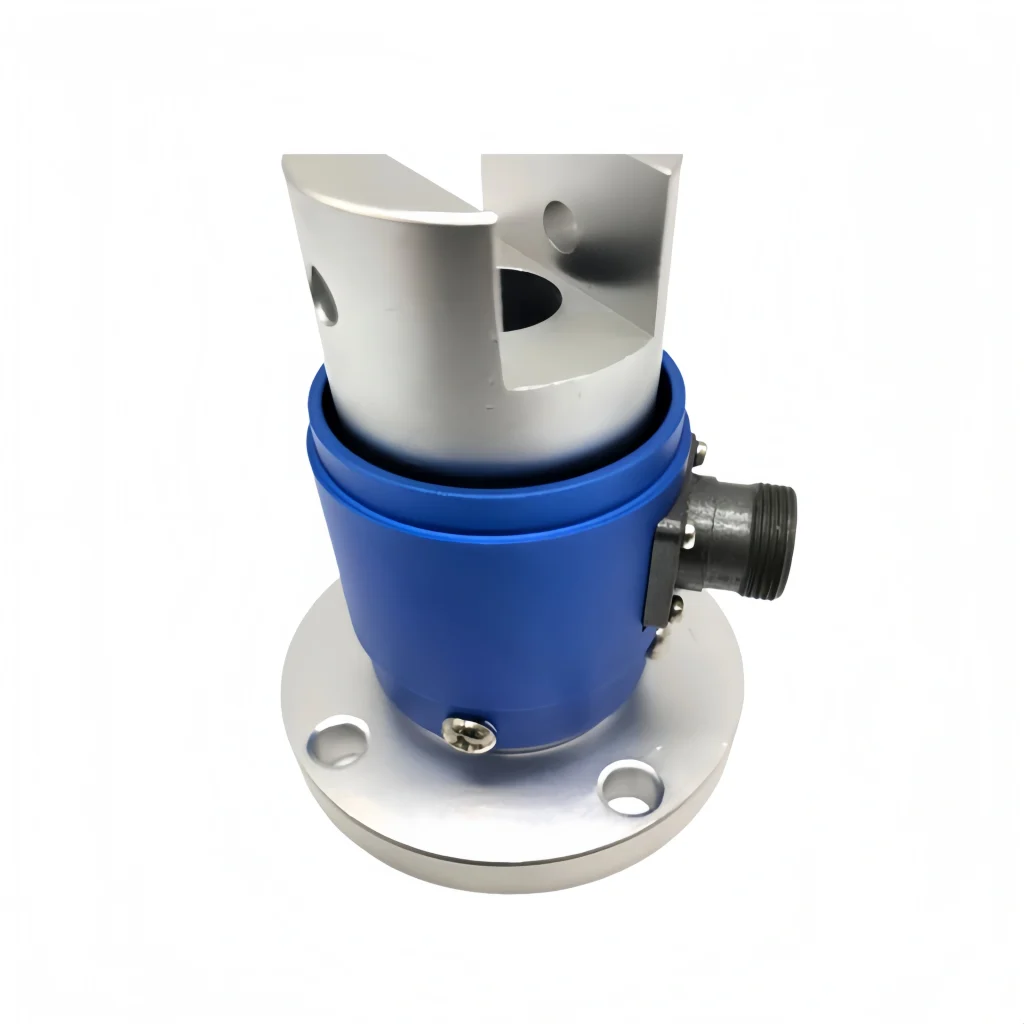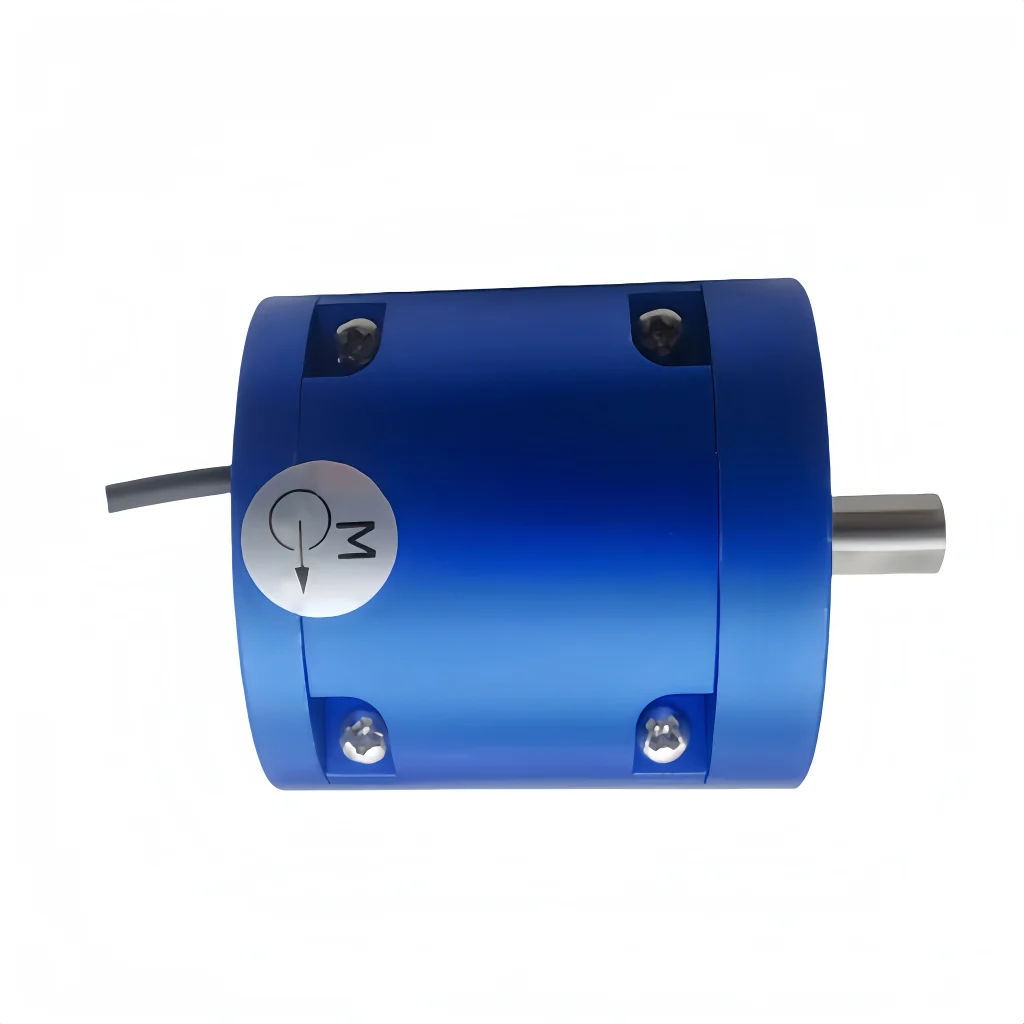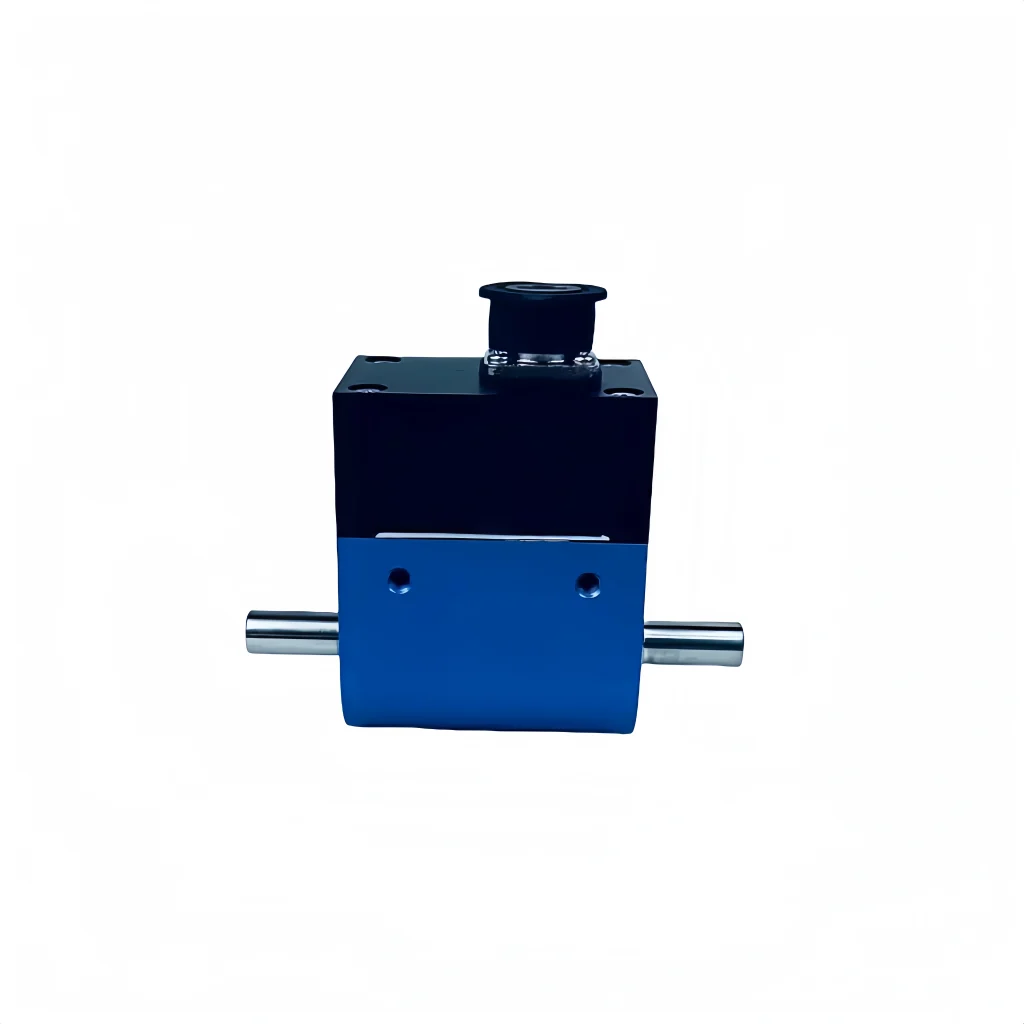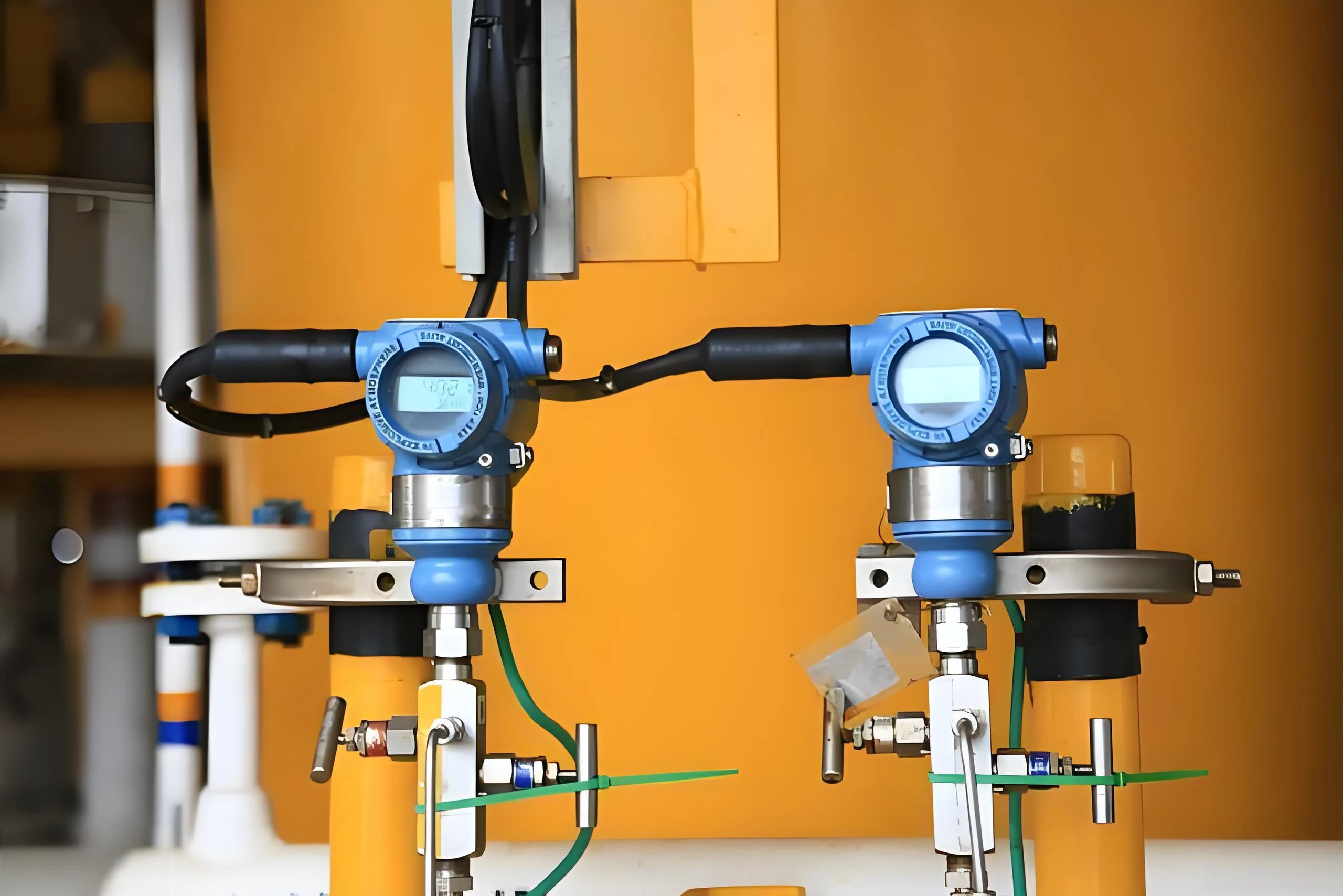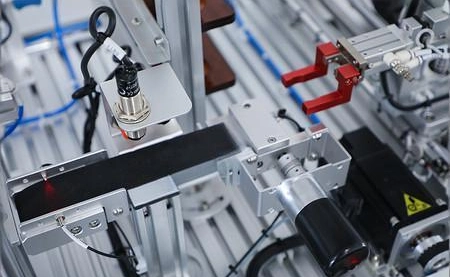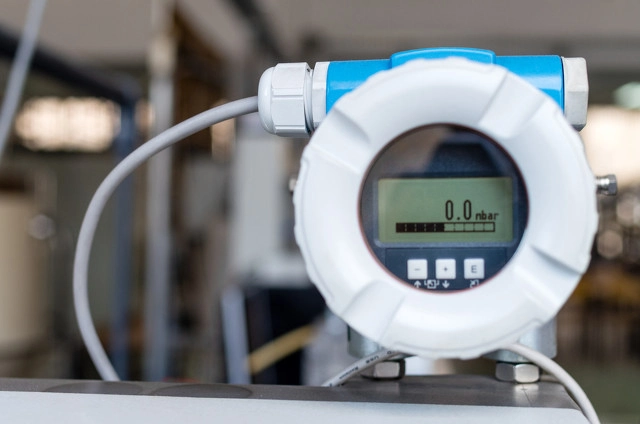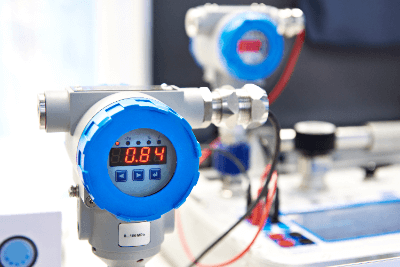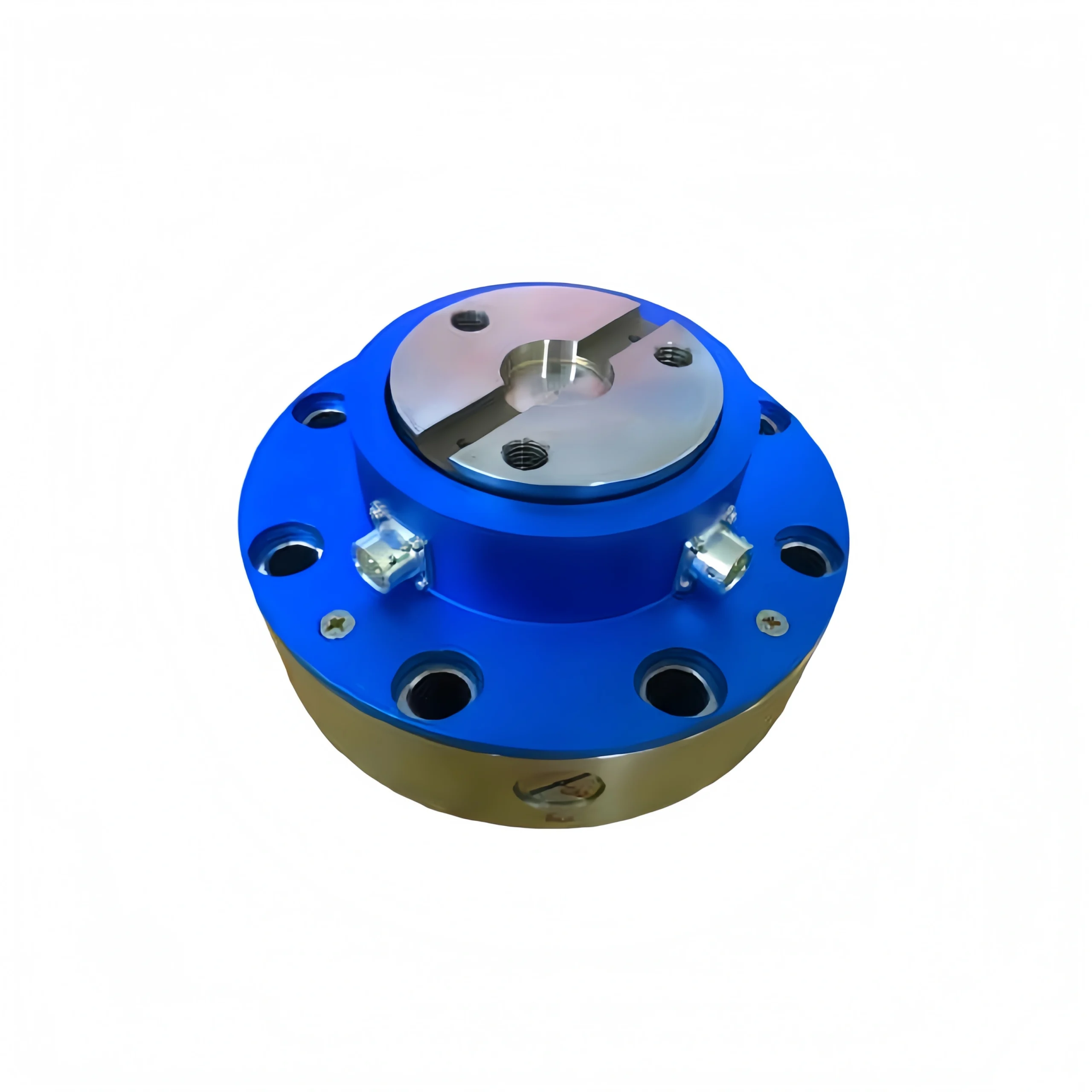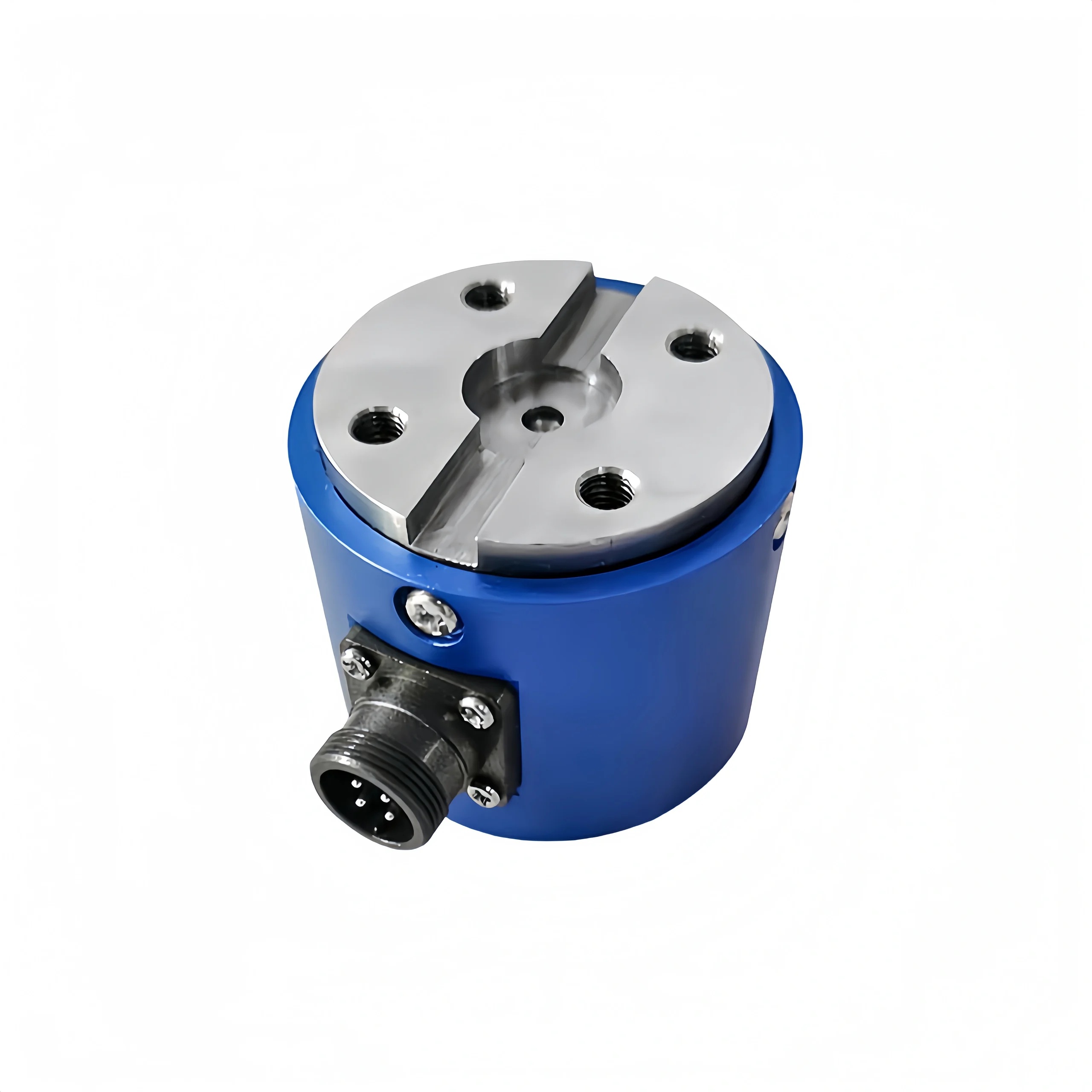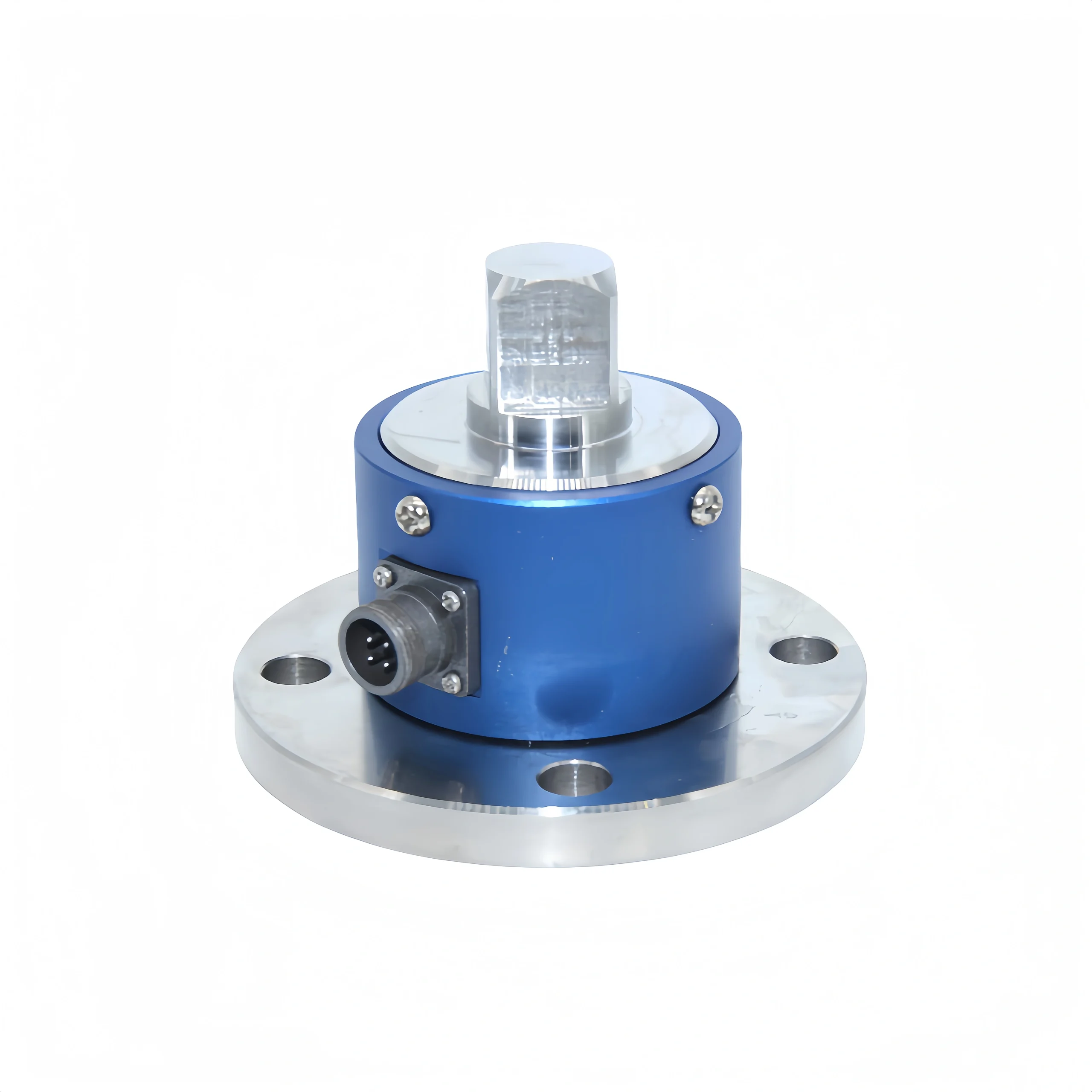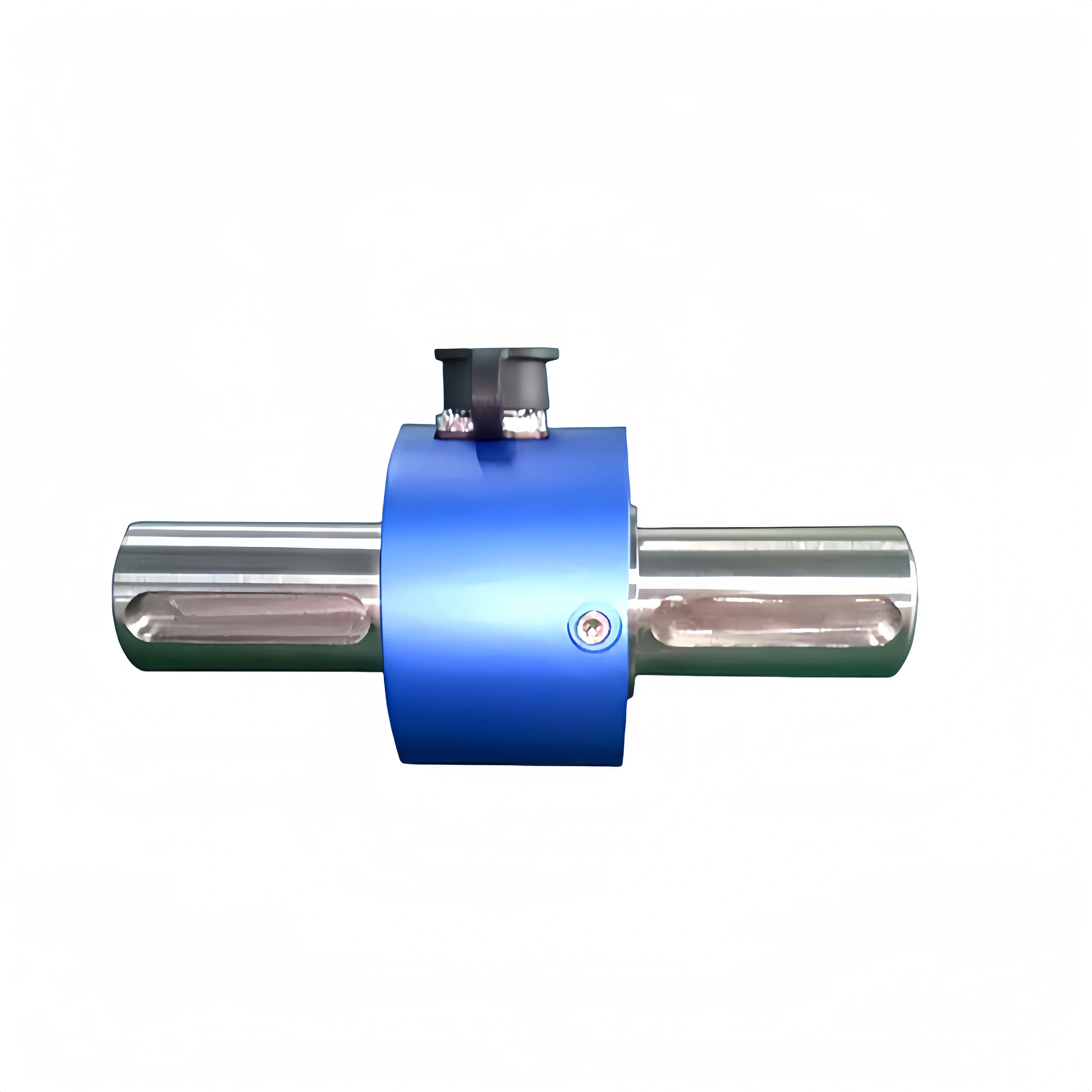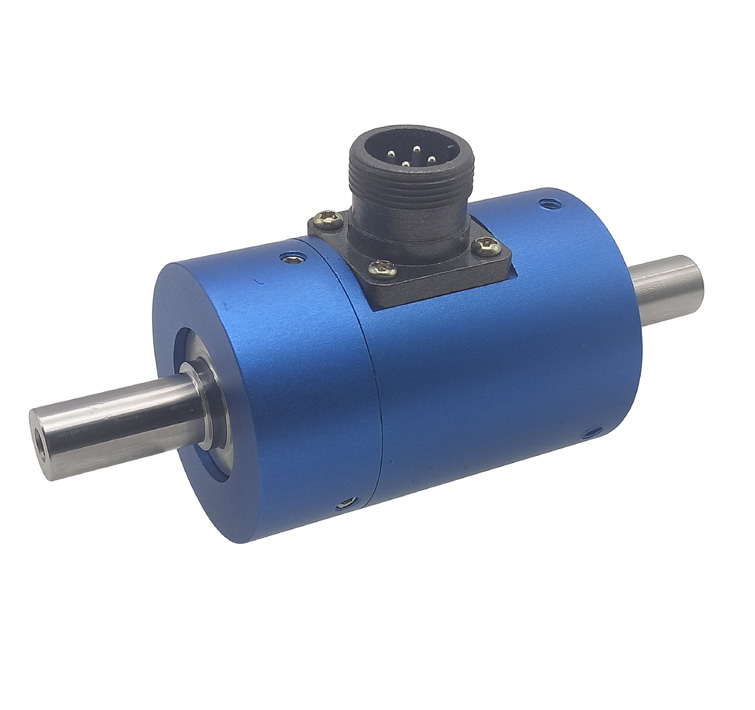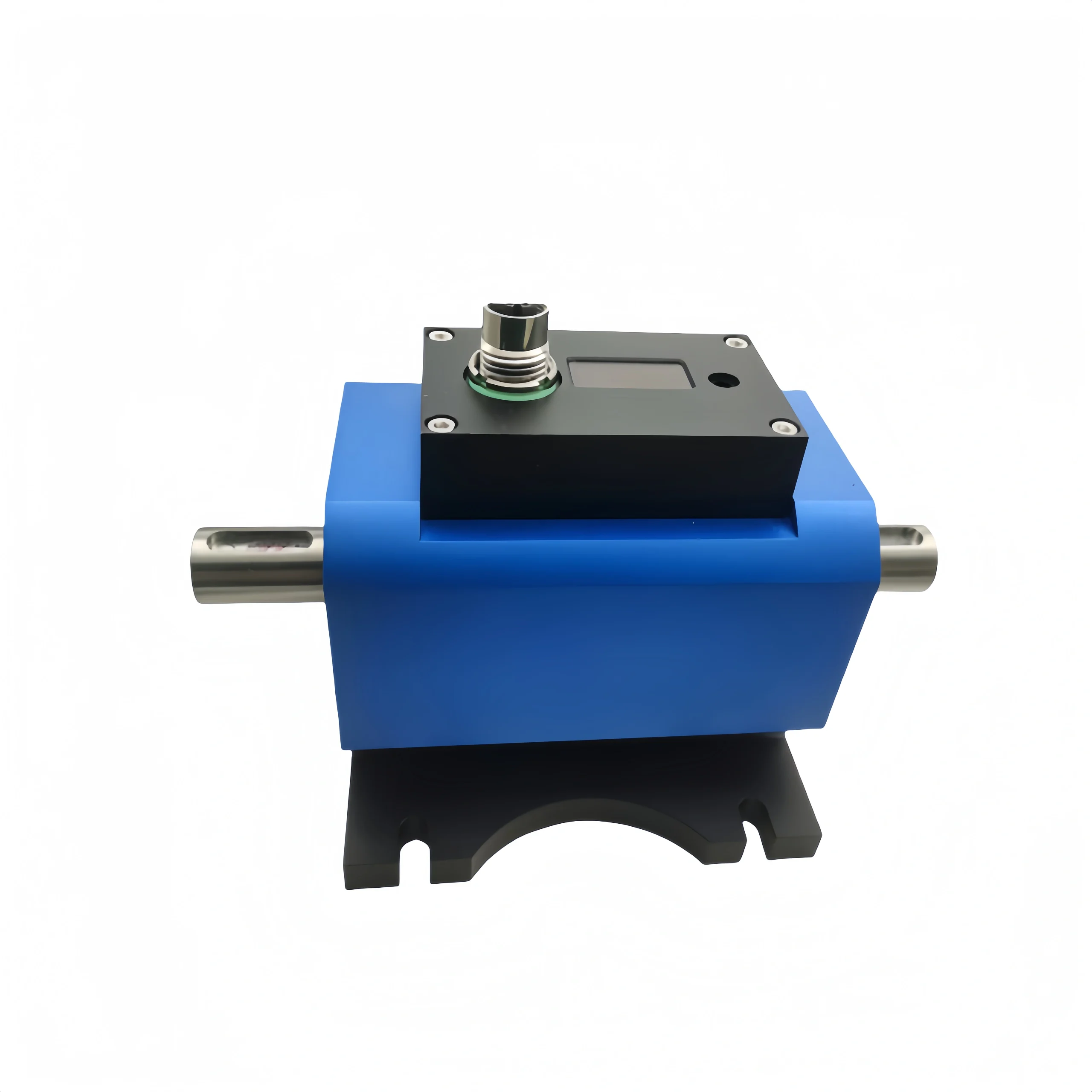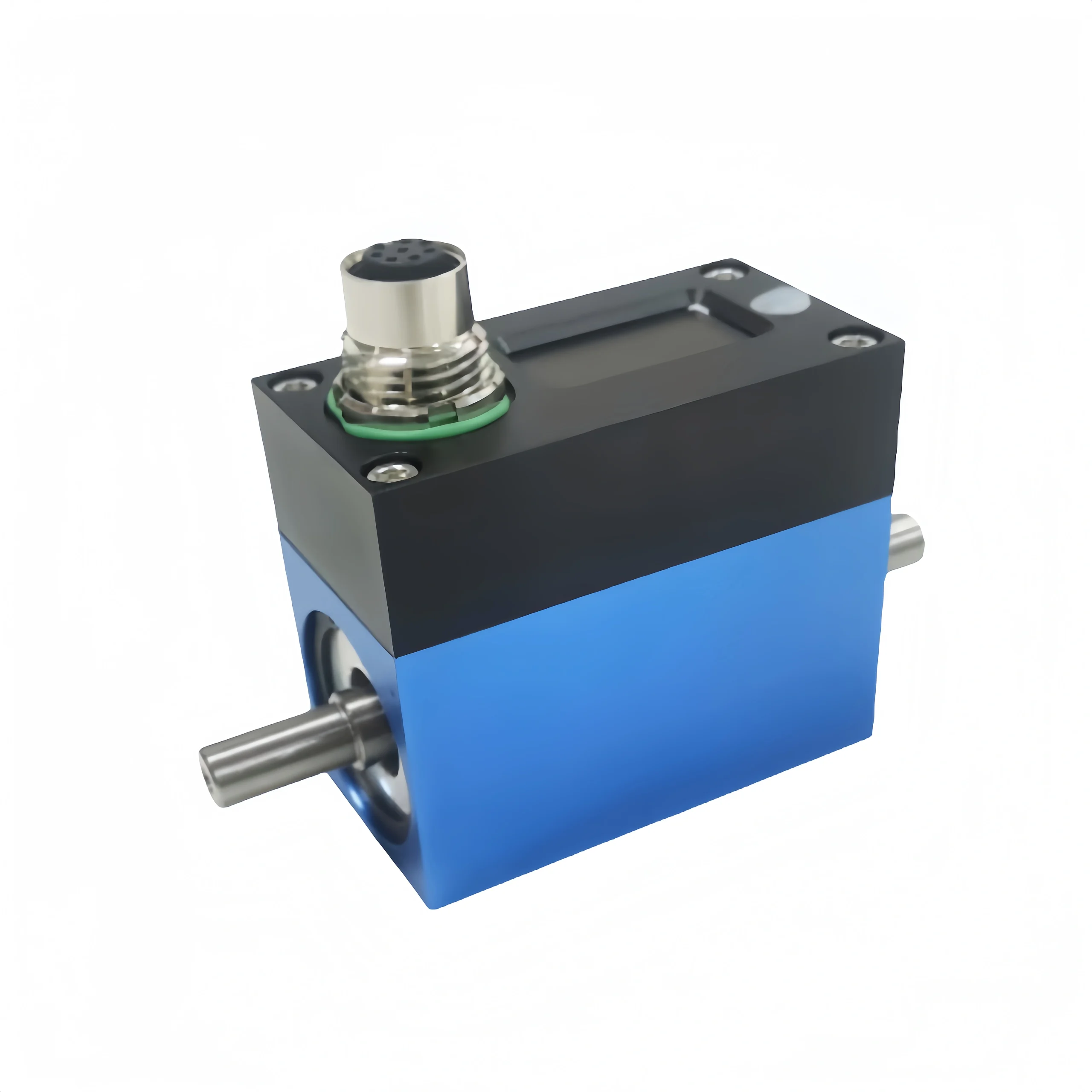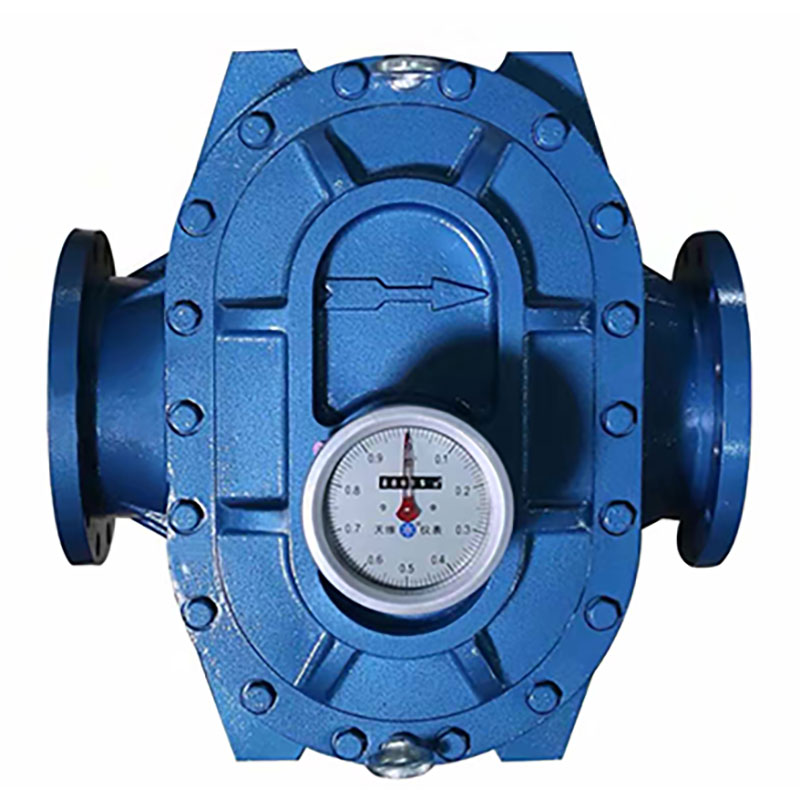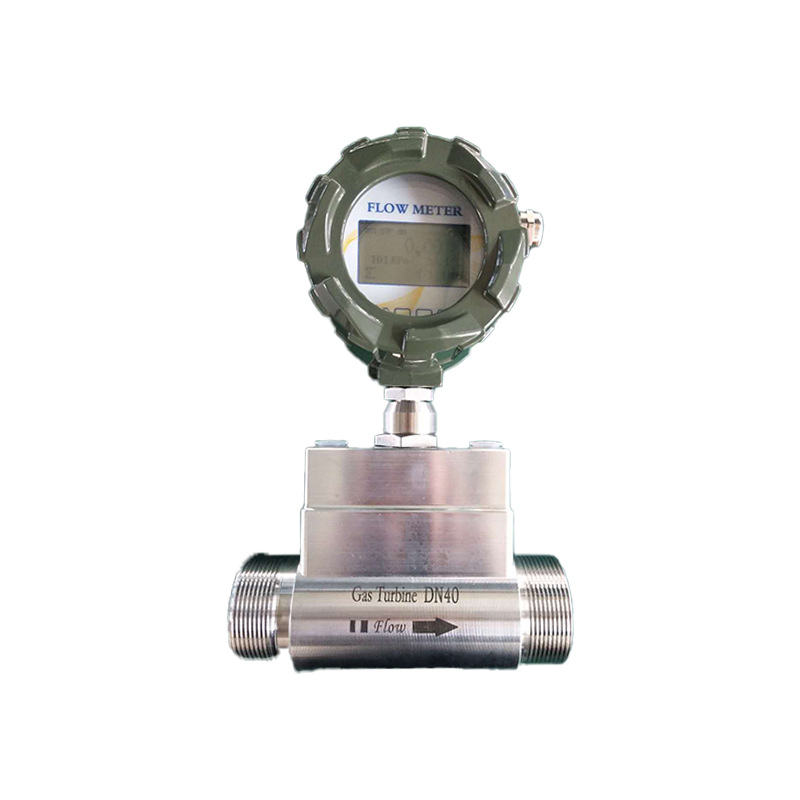Reaction torque sensors are also called static torque sensors. Rotary torque sensors are also called dynamic torque sensors. Based on our years of experience in torque measurement, we have summarized the following differences.
1. Fundamental Difference: Location and Principle. Rotary torque sensors directly measure the torsional deformation of a rotating shaft. Reaction torque sensors measure the reaction force at a fixed end.
2. Core Measurement Capabilities: Rotary torque sensors measure dynamic (including static) forces. Reaction torque sensors primarily measure static and quasi-static forces.
3. Installation Complexity: Rotary torque sensors are more complex to install, align, and transmit. Reaction torque sensors are relatively simple to install.
4. Application Focus: Rotary torque sensors are used for monitoring and testing rotating systems. Reaction torque sensors are used for fixed loading, tightening, and quality control.
This article will specifically explain the differences between the two.
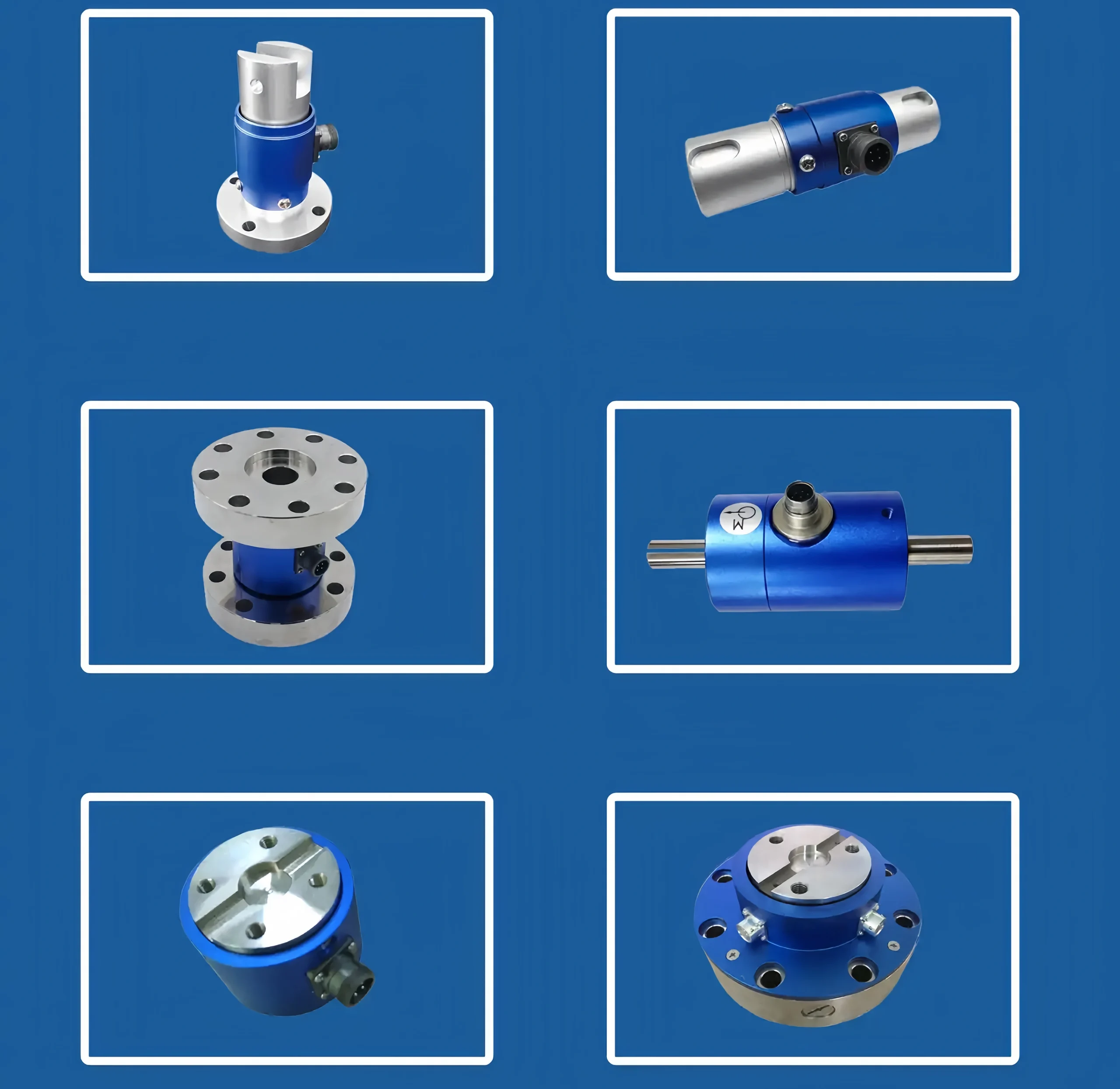
Sino-Inst Featured Product
What is a Torque Sensor?
A torque sensor is a crucial instrument in mechanical dynamic testing. It can accurately measure various torques, speeds, and mechanical efficiency. It converts changes in torque into electrical signals. Provide highly accurate data support for the test system. Its superior performance is its comprehensive measurement of static, rotating, and dynamic torque. It has high stability and strong anti-interference properties.
Furthermore, this sensor can continuously measure forward and reverse torque without repeated zeroing. And it lacks wear-resistant parts such as conductive rings. It is suitable for long-term operation at high speeds. The high-level frequency signal it outputs can be directly fed into a computer. Provide powerful support for monitoring the operating conditions of mechanical power equipment.
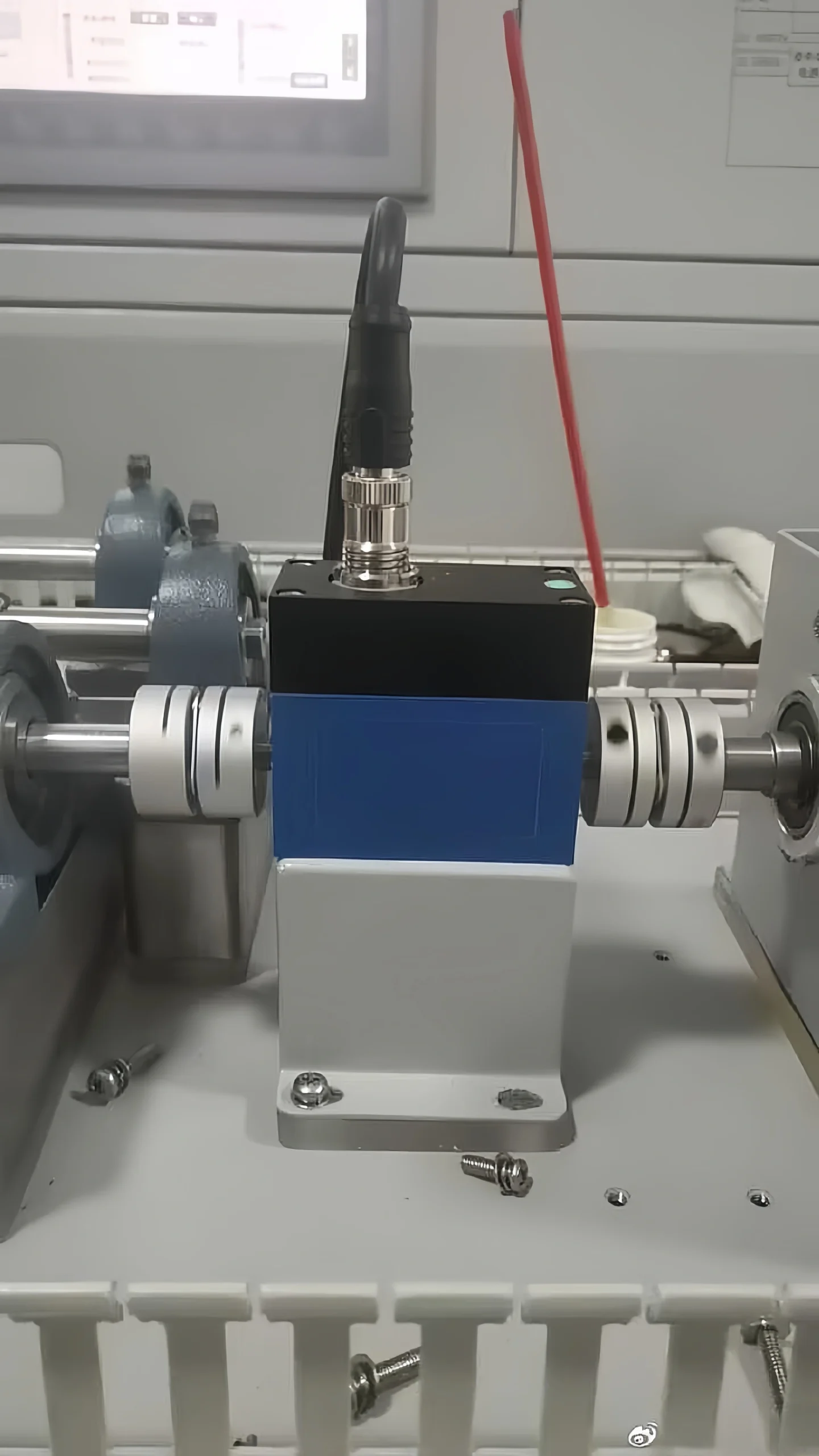
What is the Difference Between Rotary Torque Sensors and Reaction Torque Sensors?
Torque measurements can generally be static or dynamic. Torque sensors are generally divided into two broad categories:
Static torque sensors, in which static or reaction force torque measurements involve little or no rotation of the measured item. such as during torque wrench testing.
Dynamic torque sensors, in which rotational torque measurements are subject to continuous rotation. This rotation can be constant, as found in systems measuring the torque of a stirrer in a mixing vessel, or periodic, as when measuring the torque generated by an electric screwdriver.
Working Principle
Rotary Torque Sensor
Measures the torsional deformation (strain) of a shaft.
Strain Gauge: The most common torque principle. Attached to an elastic shaft or through a specialized elastic body.
Piezoelectric Effect: Utilizes the charge output of a piezoelectric crystal proportional to torque (advantageous for dynamic measurement).
Phase Difference/Magnetoelastic: Measure the relative torsional angle between two segments on a shaft. Magnetoelastic utilizes the stress-magnetic effect of magnetic materials.
Reaction Torque Sensor: Measure the reaction force/torque applied to a fixed structure.
Strain Gauge: Attached to a fixed structure (such as a cantilever beam). Measures bending strain.
Piezoelectric Effect: Crystals generate a charge when subjected to force. Suitable for impact or dynamic measurement.
Measurement Objects:
Rotary Torque Sensor
Dynamic Torque: Measure torque values in real time during shaft rotation (from zero to very high speeds).
Reaction Torque Sensor
Static Torque: Measure torque at rest or very low speeds. It is primarily used for tightening and test bench fixed loading.
Quasi-Dynamic Torque: Measure torque changes at very low speeds. Mounting Location
Rotary torque sensors:
Directly integrated (or used as test components) into the rotating transmission chain. Connecting the drive shaft and driven shaft at both ends.
Reaction torque sensors: Fixedly mounted on a non-rotating support. The driver (such as an electric wrench) typically acts on one end of the sensor or a connecting component. The other end of the sensor is fixed.
Signal Transmission Methods
Rotary torque sensors:
Signal transmission from the rotating component to the stationary component must be addressed:
– Slip rings: Contact-based and reliable. But subject to wear. electrical noise. and life limitations.
– Wireless (telemetry): Non-contact, long life, and strong anti-interference capabilities, currently the mainstream.
– Passive (inductive/magnetic):
Requires no batteries (or external power supply) and transmits energy and signals through inductive coupling or RFID principles. Result in a long lifespan but a complex structure.
Reaction torque sensors: Signal cables are directly routed from the fixed sensor. Eliminate the need for rotational transmission and simplify the connection.
Structure:
Rotary torque sensors typically consist of the following components:
Elastic element: Detects deformation caused by torque. And it is typically made of high-strength alloy steel.
Strain gauges: Attached to elastic elements, they convert deformation into changes in resistance.
Signal processing circuits: Amplify, filter, and process the strain gauge output signal.
Casings: Protect the sensor’s internal components. And they are typically made of aluminum alloy or stainless steel.
Reaction torque sensors consist of a measuring element, signal processing circuitry, and auxiliary components. The measuring element primarily consists of an elastic element and strain gauges. Together, they form the core of the sensor. The elastomer is a key component in sensing deformation during torque development. The strain gauge is tightly attached to the elastomer. Convert the deformation into a change in resistance.
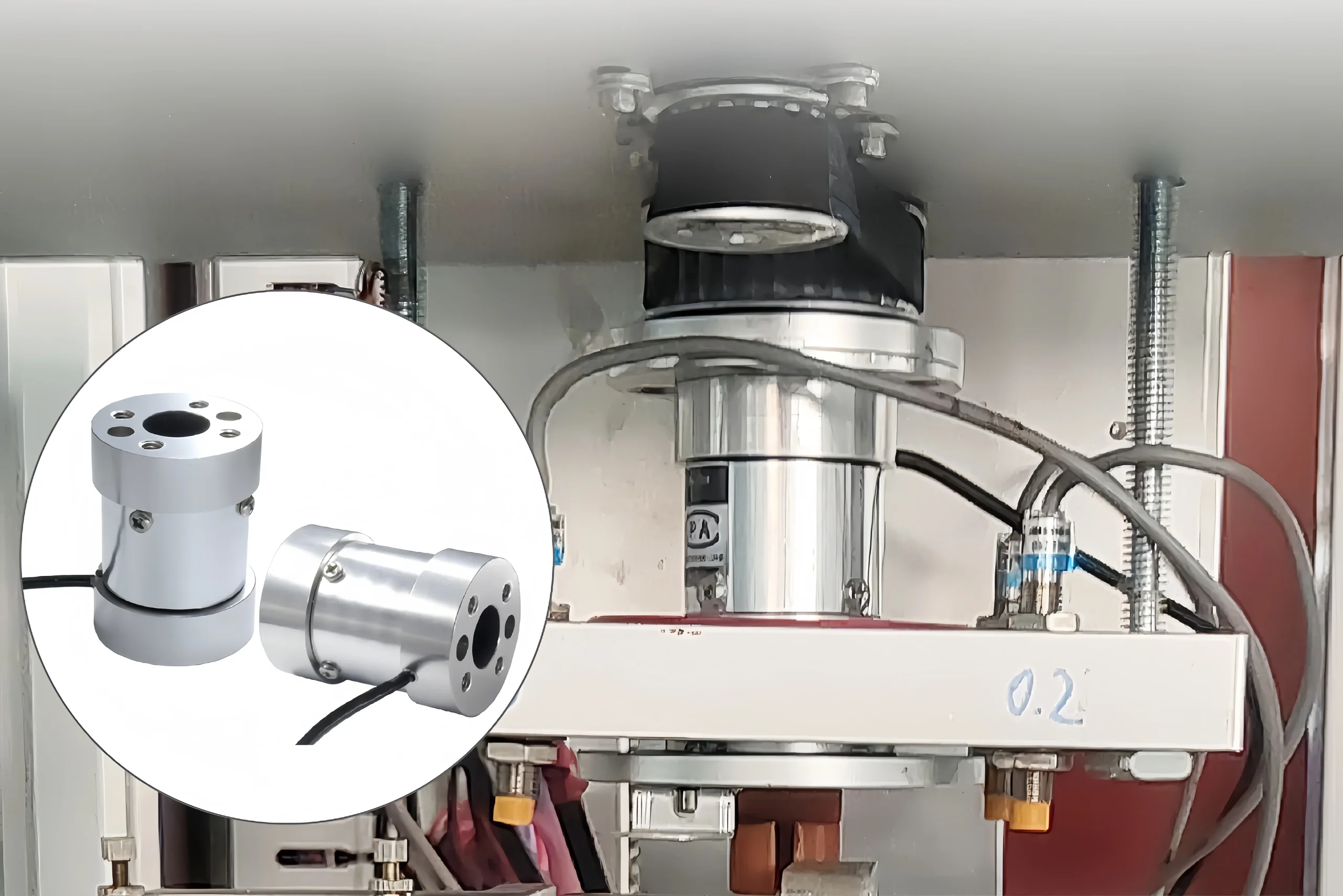
Typical Applications
Rotary Torque Sensors:
- Engine/Motor Bench Testing
- Gearbox Testing
- Drive Shaft Torque Monitoring (Automotive, Marine, Wind Turbines)
- Motor Control and Efficiency Testing
- Any Application Where Continuous Torque Monitoring of a Rotating System is Required
Reaction Torque Sensors:
- Calibration and Monitoring of Tightening Machines (Screwdrivers, Electric/Pneumatic Wrenches)
- Material Testing Machines
- Static Loading on Test Benches
- Calibration of Torque Wrenches (with the sensor serving as a reference)
- Measurement of Torque Generated Discontinuously or at Low Speeds
Cost
Due to their simple structure, reaction torque sensors are less expensive than rotary torque sensors.
Main Advantages
Rotary Torque Sensors:
- Accurately measure dynamic torque at high speeds.
- Strong real-time performance makes them suitable for process monitoring and control.
- Measure starting torque at zero speed.
Reaction Torque Sensors:
- Relatively simple structure and generally lower cost.
- Easy to install (no need for precise drive train alignment).
- No rotating signal transmission device is required, making maintenance relatively easy.
- Very high overload capacity.
Main Limitations
Rotary torque sensors:
- High cost (especially high-precision wireless or inductive types).
- High installation requirements: Requires precise machining, high concentricity, and complex calibration.
- Limited speed range (dynamic balancing is necessary at high speeds).
- Slip rings are subject to wear, and wireless models require power management.
- Replacement may affect the drive system (matching dimensions, flanges, keyways, etc. is required).
Reaction torque sensors:
- It cannot directly measure the dynamic torque of a rotating shaft.
- Only measures the reaction force applied to the fixed end. And it cannot distinguish between system losses.
- Measuring torque at high speeds or under continuous rotation is extremely difficult or unsuitable.
- The rigidity of the sensor’s mounting structure can affect the measurement results. (The foundation must be stable.)
- Measurement accuracy of pure dynamic torque is lower than that of rotary torque sensors.
Accuracy
Rotary torque sensors:
Extremely high (high-accuracy models can reach 0.02-0.1% FS).
Good dynamic performance (depending on type and bandwidth).
Reaction Torque Sensors:
Typically higher (ranging from 0.1-0.5% FS), but primarily designed for static or low-speed torque.
Overload Capacity
Rotary torque sensors:
Due to limitations in the elastic body (strain gauge area) or sensor structure. Overload can cause permanent damage.
Reaction torque sensors:
Typically designed with extremely high overload capacities (e.g., 200-300% or even higher). Because the sensor body is typically very robust.
What is a Rotary Torque Sensor?
A rotary torque sensor is a precision instrument that measures the torque of rotating mechanical components. It belongs to the category of dynamic torque sensors. They use strain gauge, phase difference, and magnetoelastic technologies. They convert torque into an electrical signal via strain gauges or magnetoelectric sensors on an elastic shaft.
What is the Difference Between Static Torque and Reaction Torque?
They are often considered the same. However, there are subtle differences. Static torque focuses on the torque at rest. Reaction torque is the torque manifestation of the action and reaction forces. Static torque is a specific manifestation of reaction torque. However, reaction torque is not limited to static conditions. And it can also occur in dynamic processes.
Read More about:Dynamic Torque Sensor vs. Static Torque Sensor
What is the Principle of Reaction Torque Sensors?
Reaction torque sensors indirectly measure torque. It measures torque by measuring the torque reaction force at the fixed (non-rotating) end. Their core components include a Wheatstone bridge circuit. It is comprised of highly sensitive strain gauges. When torque is applied to the object being measured, the sensor’s fixed end deforms slightly due to the reaction force. Cause the strain gauge resistance to change accordingly. The bridge outputs a voltage signal proportional to the torque.
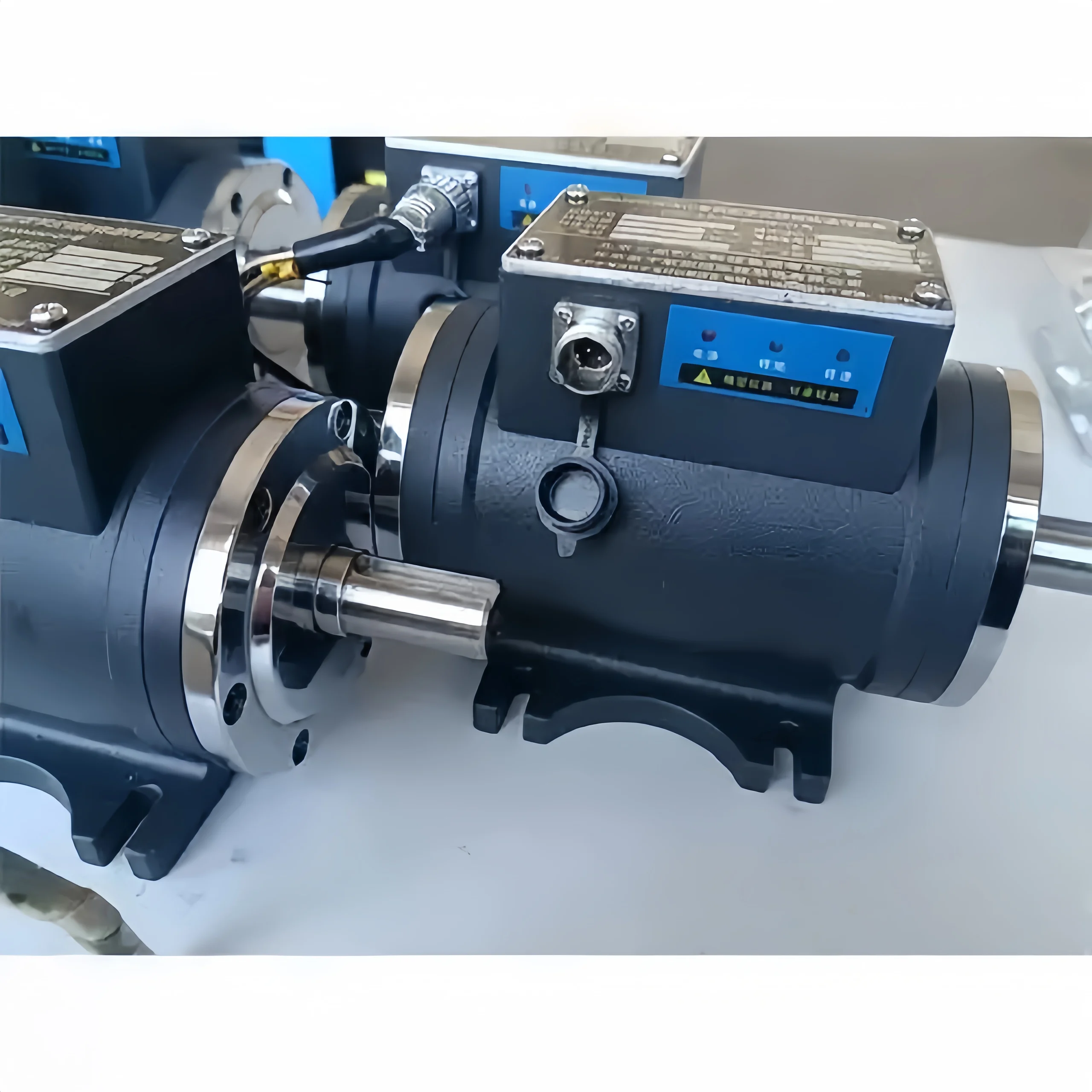 In summary, both reaction torque sensors and rotary torque sensors play an important role in torque measurement. Choosing a torque sensor requires careful consideration. Sino-Inst offers a wide variety of torque sensors.
In summary, both reaction torque sensors and rotary torque sensors play an important role in torque measurement. Choosing a torque sensor requires careful consideration. Sino-Inst offers a wide variety of torque sensors.
Our comprehensive selection of torque sensors, customizable to meet your measurement needs, is a must. If you need to buy a torque sensor or have any technical questions, please feel free to contact us. We are your best torque measurement friends.
